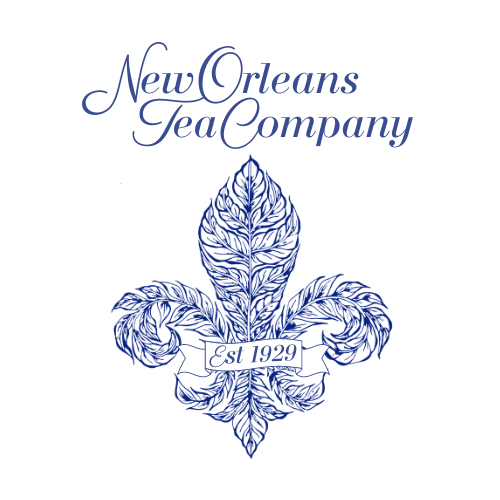
In cafes throughout much of the world, “chai” has become synonymous with masala chai, a kind of sweet and spicy Indian tea often served in the form of a latte. Although “chai” actually translates to “tea” in the Hindi language, masala chai is without a doubt the most commonly consumed beverage throughout India.
With roots tracing back to British colonialism in India, the fragrant brew has become a cornerstone of everyday life on the subcontinent. Despite its rather dark history, masala (or “spice”) chai has evolved into a symbol of hospitality, the accompaniment to a hearty chapati breakfast, the focus of a much-needed break from a busy work day, and even a pick-me-up on a long train trip.
Chai masala: The taste of India
Generally, the basic components of masala chai are the same: tea, milk, spices and sweetener. But making small substitutions or using different amounts of each ingredient can greatly change the way a cup of chai tastes.
With a few exceptions, the base of chai is usually black tea, with Assam being the most common thanks to its strong, full-bodied flavor.
The tea is blended with a melange of spices such as ginger, cinnamon, star anise and cloves, all of which are common health-promoting ingredients in Ayurvedic medicine. Coriander, fennel, pepper and nutmeg are also sometimes used, depending on the drinker’s preferences. Whole milk and a sweetener like white sugar or jaggery are added to bring out the richness of the spices.
While chai recipes vary from household to household, ingredients can also differ based on the region in which the chai is made. For example, in Kashmir, green tea is sometimes used in place of black tea, and almonds are often included in the blend. Kashmiri Noon Chai includes the addition of baking soda to result in a beautiful pink hue. In Bhopal, a pinch of salt is sometimes added to create a unique flavor profile.

A brief history
Chai culture in India developed out of British colonization. In the mid-1800s, the British East India Company was thriving, with tea from the Assam region of India being one of its biggest commodities.
Tea production continued to grow in India, fueled by the increasing demand for the tea leaf in the UK, but to increase their profits, the Indian Tea Association realized Indians – who prior to 1900 had not been able to afford the drink – would need to consume tea, too.
So the organization created an incredibly immersive advertising campaign to win Indians over. They set up chai-wallahs, or tea vendors, to sell tea at the historic railway stations of Bengal, Punjab and the Frontier provinces, making chai a staple refreshment of any train trip. Stalls were also established outside factories, cotton mills and coal mines, employers were convinced to give Indians a mandatory tea break daily.
With so much competition, chai-wallahs started adding spices that were familiar to the Indian palate to their tea. Combined with the British preparation of tea (black with milk and sugar), masala chai became a common habit across the subcontinent and remains so today.
Interestingly, because it was a foreign food, tea could be consumed by all Indians, no matter their caste (or social class). In this way, chai helped break down pre-existing social divisions and over time, eventually evolved from a symbol of British imperialism into a homegrown tradition and household ritual.
Chai, today
Today, India is not only one of the largest producers of tea in the world, but also one of the biggest consumers of it. In fact, by the turn of the twenty first century, the chai-loving nation consumed over 70% of its crop.
Go anywhere in India – sari shops, cinemas, even the hiking trails of the Himalayas – and it won’t be long before you either hear the shouts of a chai-wallah or you’re offered a cup of the tasty beverage.

The popularity of chai masala has also spread to all corners of the world. In the late 1990s, a major coffee franchise put its own Americanized version of the drink on the radar of tea drinkers. Other cafes followed suit and it wasn’t long before it was a standard offering on coffee and tea menus across the globe.
Nowadays, chai fever has even spread to grocery store aisles in the form of pre-made mixes and experimental blends and is also the primary flavoring agent in snacks and desserts such as cookies and doughnuts.
Nevertheless, there’s nothing quite like a steaming, spicy cup of masala chai, made the traditional way – using a mortar and pestle – and cooked with milk and sweetener. It is truly the taste of India.
